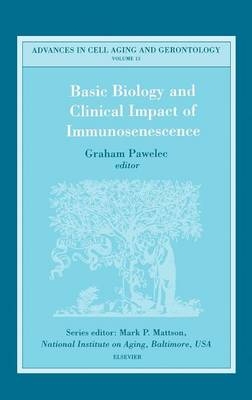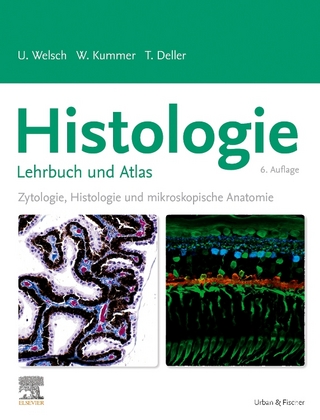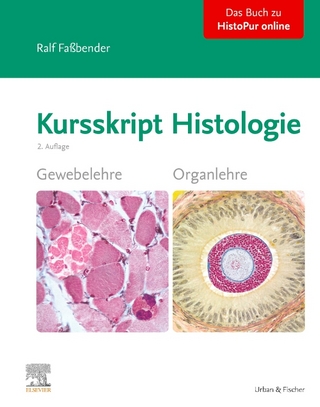
Basic Biology and Clinical Impact of Immunosenescence
Elsevier Science Ltd (Verlag)
978-0-444-51316-8 (ISBN)
- Titel ist leider vergriffen;
keine Neuauflage - Artikel merken
Ageing is of perennial interest as a universal feature in all human societies. The genetic background and biochemical bases of ageing processes are currently being revealed in unprecedented detail. It is emerging that one of the main hurdles to be overcome in achieving a long and healthy lifespan is the maintenance of a properly functioning immune system. The main cause of death in people who have achieved "successful ageing" (which mostly means not having succumbed to cancer or cardiovascular disease) is infectious disease, caused by immunosenescence. This book contains chapters by many of the leaders in the field of immune-related issues in ageing and remediation.
Preface. 1. The OCTO and NONA immune longitudinal studies: a review of 11 years' studies of Swedish very old humans (A. Wikby, B. Johansson, F. Ferguson). 2. Immune measures which predict nine-year survival in an elderly population sample (F. Huppert, E. Pinto et al.). 3. Immunological and immunogenetic markers of successful and unsuccessful ageing (G. Candore, G. Colonna-Romano et al.). 4. Developmental aspects of the thymus in ageing (A. Globerson). 5. Effective immunity during late life: a possible role for the thymus (J. Pindo-Lopez, R. Aspinall). 6. Alterations in signal transduction in T lymphocytes and neutrophils with ageing (T. Fulop, K. Hirokawa et al.). 7. CD28 downregulation and expression of NK-associated receptors on T cells in ageing and situations of chronic activation of the immune system (J. Casado, O. DelaRosa et al.). 8. Characterization of NK cells in the elderly(E. Mariani, A. Facchini). 9. T cell ageing and immune surveillance (J. McLeod). 10. A road to ruins: an insight into immunosenescence (S. Gupta). 11. Genetic damage and ageing T cells (O. Ross, M. Curran et al.). 12. Role of DNA-dependent protein kinase (DNA-PK), a protein with multiple intracellular functions, in cells of the ageing immune system(D. Frasca, L. Guidi, G. Doria). 13. Linker histone H1o gene expression during ageing and after the effect of histone deacetylase inhibitors in human diploid fibroblasts and T lymphocytes (T.G. Sourlingas, K.E. Sekeri-Pataryas). 14.Zinc and the immune system of elderly (K.-H. Ibs, P. Gabriel, L. Rink). 15. Altered zinc binding by metallothioneins in immune-neuroendocrine senescence: a vicious circle between metallothioneins and chaperones? (E. Mocchegiani, R. Giacconi et al.). 16. T cell exhaustion and ageing: Is replicative senescence relevant? (R.B. Effros). 17.Cultured T cell clones as models for immunosenescence (G. Pawelec).
| Erscheint lt. Verlag | 1.5.2003 |
|---|---|
| Reihe/Serie | Advances in Cell Aging & Gerontology |
| Verlagsort | Oxford |
| Sprache | englisch |
| Maße | 156 x 234 mm |
| Gewicht | 630 g |
| Themenwelt | Medizin / Pharmazie ► Medizinische Fachgebiete ► Geriatrie |
| Studium ► 1. Studienabschnitt (Vorklinik) ► Histologie / Embryologie | |
| ISBN-10 | 0-444-51316-7 / 0444513167 |
| ISBN-13 | 978-0-444-51316-8 / 9780444513168 |
| Zustand | Neuware |
| Haben Sie eine Frage zum Produkt? |
aus dem Bereich


